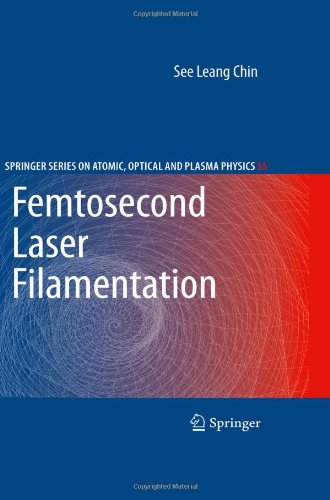

Most ebook files are in PDF format, so you can easily read them using various software such as Foxit Reader or directly on the Google Chrome browser.
Some ebook files are released by publishers in other formats such as .awz, .mobi, .epub, .fb2, etc. You may need to install specific software to read these formats on mobile/PC, such as Calibre.
Please read the tutorial at this link: https://ebookbell.com/faq
We offer FREE conversion to the popular formats you request; however, this may take some time. Therefore, right after payment, please email us, and we will try to provide the service as quickly as possible.
For some exceptional file formats or broken links (if any), please refrain from opening any disputes. Instead, email us first, and we will try to assist within a maximum of 6 hours.
EbookBell Team

5.0
58 reviewsFemtosecond Laser Filamentation gives a comprehensive review of the physics of propagation of intense femtosecond laser pulses in optical media (principally air) and the applications and challenges of this new technique.
This book presents the modern understanding of the physics of femtosecond laser pulse propagation, including unusual new effects such as the self-transformation of the pulse into a white light laser pulse, intensity clamping, the physics of multiple filamentation and competition, and how filaments’ ability to melt glass leads to wave guide writing. The potential applications of laser filamentation in atmospheric sensing and the generation of other electromagnetic pulses from the UV to the radio frequency are treated, together with possible future challenges in the excitation of super-excited states of molecules. Exciting new phenomena such as filament induced ultrafast birefringence and the excitation of molecular rotational wave packets and their multiple revivals in air (gases) will also be discussed.
This volume provides the most comprehensive and up-to-date discussion of these topics currently available. It will be of great interest to scientists and researchers using intense femtosecond laser pulses as well as to graduate students and researchers who wish to learn more about the field.